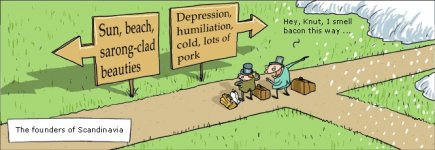Jason Bugay Reyes
Well-known member

My HT's can have glare, if the IPD is set too narrow. With the IPD too narrow, it seems that you are now able to see aberrations that would normally fall outside of the field of view.
Maybe some of this with the SV's.
This is why I don't really trust short field reviews of binoculars. I have found it takes hours - or even days for me to get the IPD, eye cup position and dioptre set perfectly. If any of these are off, even a bit, 1st time users may come back and report less-than-stellar sharpness, glare, black-outs, too much CA etc.
Yup agree with James here. The longer I used the bino, the more I know about its strength etc :king:






